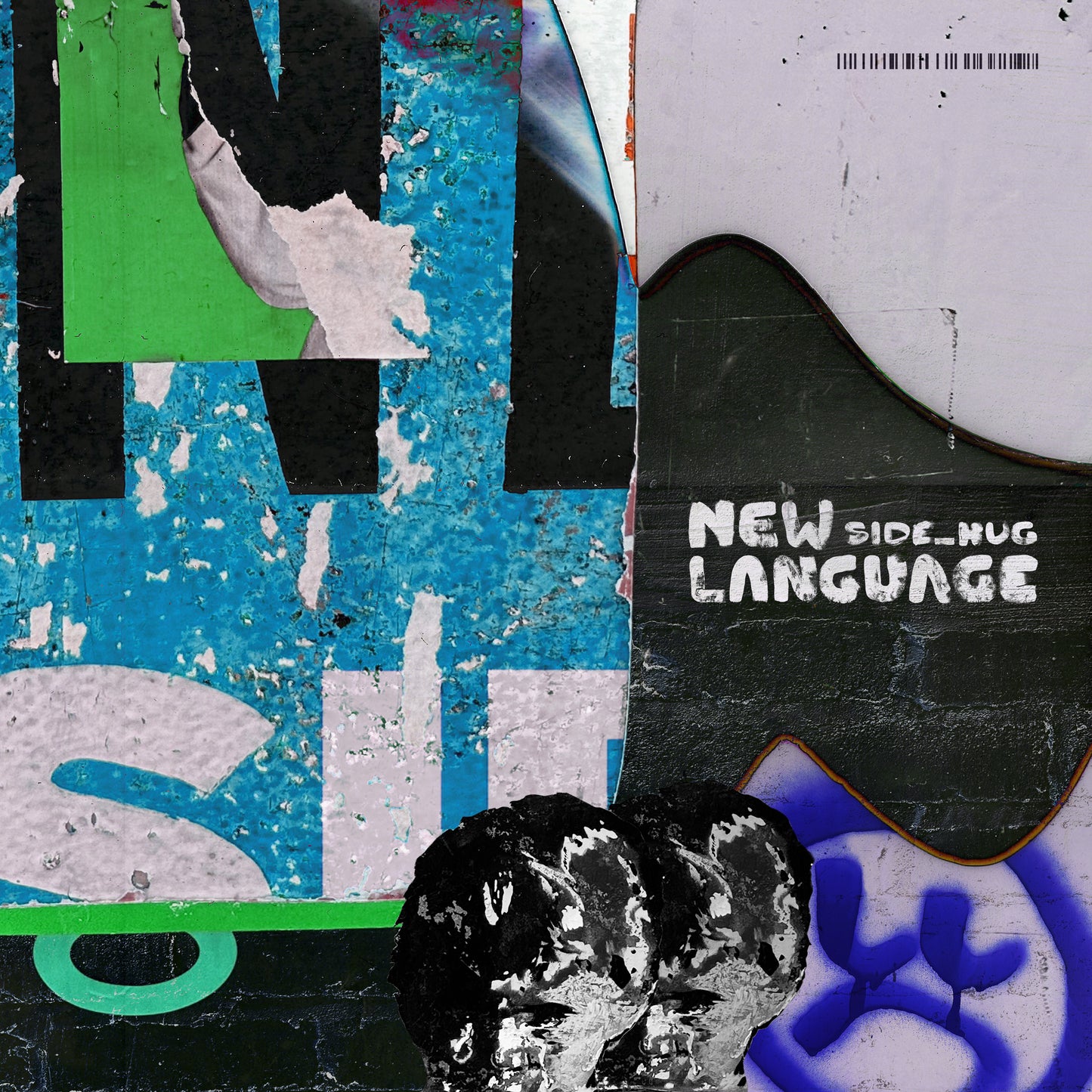
Side Hug
On their debut album New Language, Chicago’s Side Hug encourages us to embrace change both in our lives and in their sound. Due on Oct 31 on Easy Does It Records, its ten tracks explore change as a positive state while introducing sonics that have shifted from the band’s earlier...
On their debut album New Language, Chicago’s Side Hug encourages us to embrace change both in our lives and in their sound. Due on Oct 31 on Easy Does It Records, its ten tracks explore change as a positive state while introducing sonics that have shifted from the band’s earlier folk-flecked indie rock to darker, more layered shoegaze-y post-punk.
“The album really focuses on this idea of change: accepting change, learning from it, and letting things go,” said Side Hug singer Lyd Landor. “Things kind of suck right now, but they will get better. Just keep putting one foot in front of the other.”
Born out of intimate late night jams nearly a decade ago, the nostalgic indie/folk fusion of Side Hug’s 2017 debut EP Also and 2019 follow-up Wasted Summer evolved into a more embroidered palette — starting with threads of indie pop, weaved with Americana, expanding during the fallout of the pandemic to a post-punk, shoegaze, and art-rock urgency.
“We like bands that are unique to themselves and don’t try to fit into any sort of box,” explained lead guitarist Allan Cardenas. “That are unafraid to change their sound, no matter the de rigueur genre at the time.”
Steeped in Chicago’s vibrant indie scene, Side Hug are inspired by local kindred spirits Pool Holograph, Friko, Deeper, and Luggage, alongside the likes of Radiohead, The Strokes, and Tame Impala. The throughline is not a specific sound but rather an ethos surrounding the making of music.
“The title New Language comes from one of the singles on the new record, 'These Days’,” offered Landor. “The line is, ‘Read my lips, I learned a new language’. We thought that related to the album as a whole — us turning a page into this new, darker sound.”
With 1980s influences such as Joy Division and The Cure also palpable, New Language traverses sensations of discontent, uncertainty, and treading water, but always with subthemes of persistence and hope. “We tried to play with those themes both lyrically and musically,” said Cardenas. “Thinking about the darkness and the light; mirroring the feelings of discontent while also trying to be more upbeat and thinking about the future we can build when we work on ourselves”
Major shifts in band members’ lives — relationships ending, sobriety starting, lineups changing — permeate both the words and moods of the album. Layers of twinkling guitars and Landor’s languidly melodic vocals atop propulsive grooves are, for the first time, lent further atmospherics with smatterings of synth.
New Language also marks Side Hug’s first work tracked at a professional facility, Chicago’s Palisade Studios, with recording/mixing/mastering engineer Erik Rasmussen. Alongside longtime drummer Christian Ovalle (who also cowrote the album) and bassist Jon Reyes they crafted their most coherent collection to date, choosing only the most apt songs from three years of writing and demoing.
First single “Biweekly” details keeping dreams alive while living paycheck-to-paycheck in a numbing job, while follow-up “Temporary” similarly fights for hope amidst mundane setbacks.
Head-bobbing third single “Everyone Else” channels a sense that everybody knows what’s going on except you, its guitars dancing atop a Cure-ish bassline. “It’s about trying to let something go, even though you’re still curious about it,” said Landor.
Released three weeks before the full album, “These Days” drapes messages of self love as a social magnet in chiming guitars, serrated bass, and insistent beats. No one’s going to love you / Like you love yourself, Landor sings. No one’s going to find you / When you’re angry.
Completed by bassist Reyes, drummer Zach Moore, and synth player Andrew Cassin, Side Hug will support the release of New Language with videos for each single and regional touring.
“We hope people grasp onto these new sounds and textures, and connect with the lyrics,” Landor concluded. “Ultimately, we want people to relate to the music, the struggles, and our reflections on life.”
Easy Does It Records
Side Hug - New Language Vinyl
Share




